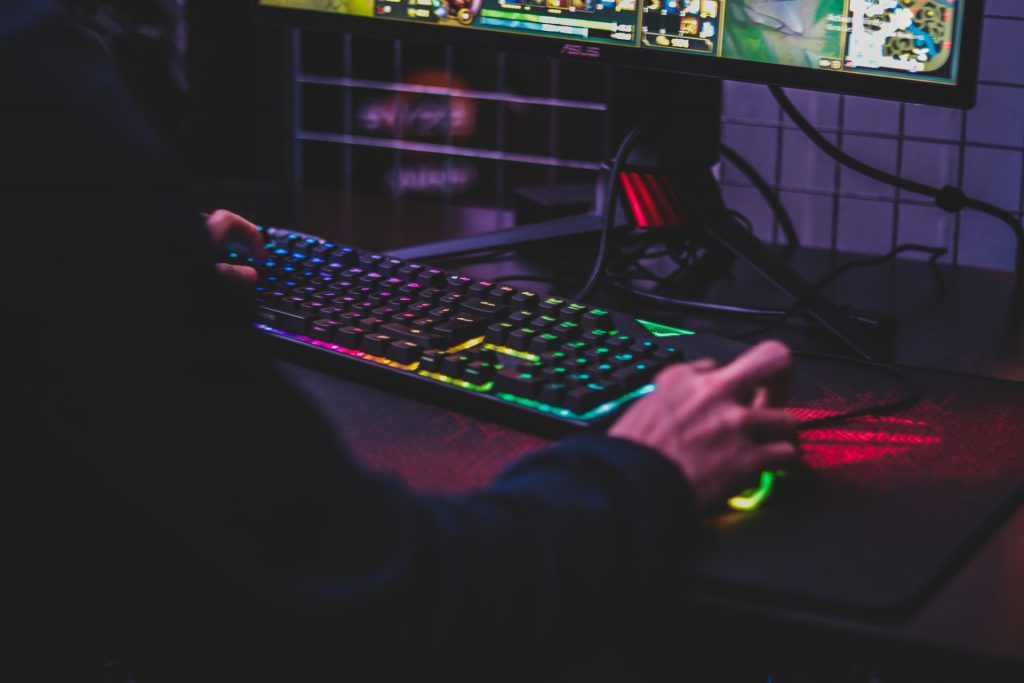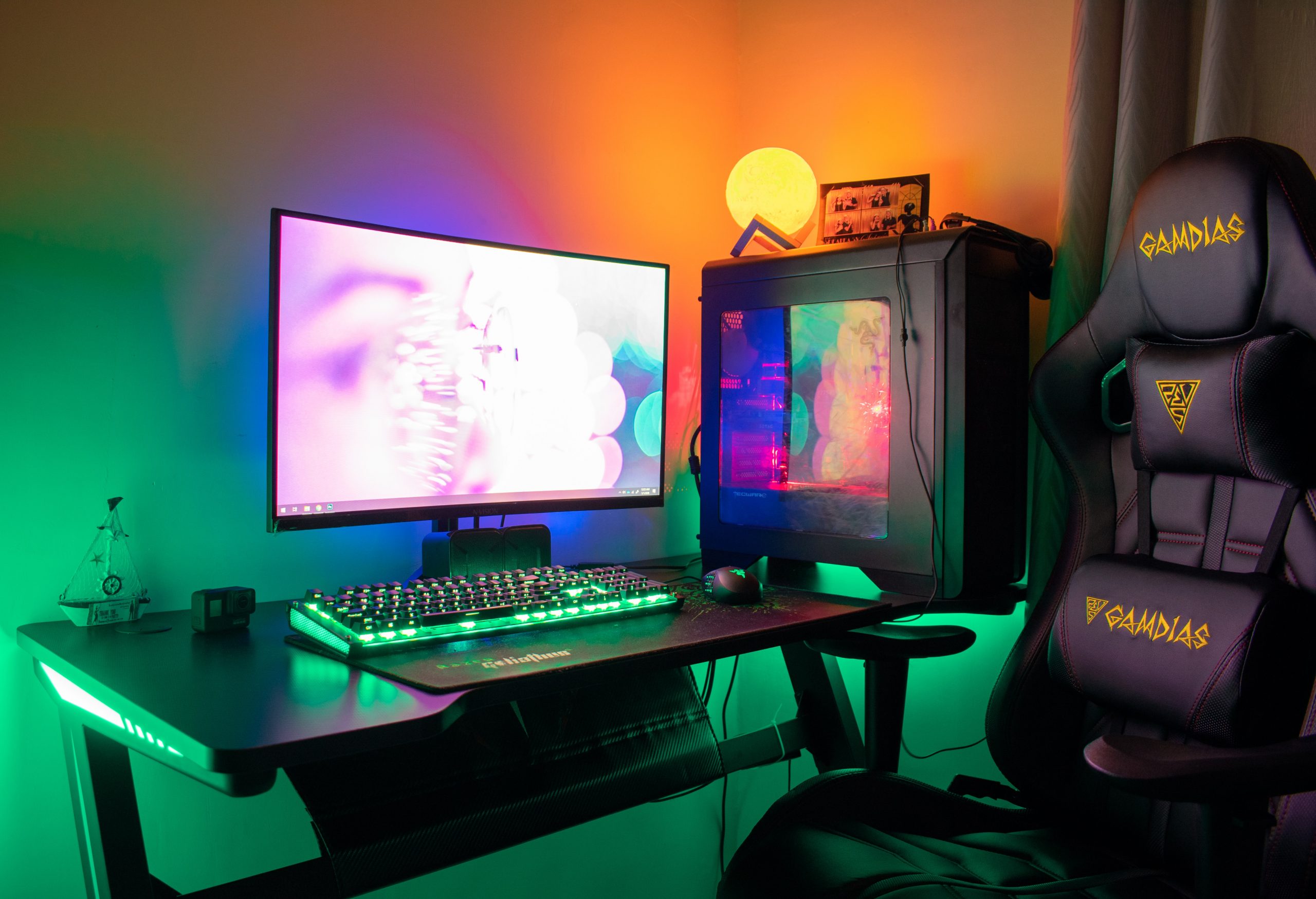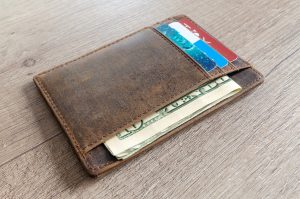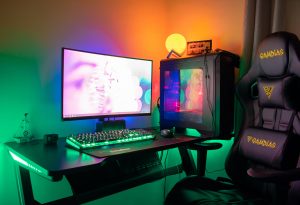Why and How Modify Keyboard

Modifying mechanical keyboards has become an essential component of the custom keyboard hobby. Keyboard enthusiasts advocate for the modification of virtually all types of keyboards. These adjustments and modifications enhance the performance of any keyboard.
Keyboard modifying is an additional step that users can take to improve the sound and feel of their keyboards. These can range from simple modifications like lubing and filming switches to advanced modifications like the Tempest and PE foam mods. It is possible to modify both pre-built and custom keyboards.
Newcomers to the keyboard community may be initially overwhelmed by the variety of available keyboard mods. They may also find these modifications too complicated and intimidating.
However, there are numerous modifications that novices can perform. All of these minor modifications and adjustments can introduce keyboard enthusiasts to an entirely new world of possible mods, you can read more about them in articles on HelveticaForever.
This article will discuss the various modifications that can be made to a keyboard. In addition, we will discuss the effects of these modifications on various types of keyboards.
Why Choose to Mod Mechanical Keyboards?
The majority of keyboard enthusiasts modify their keyboards to achieve their desired sound and typing feel. To modify a keyboard is to make minor or partial changes to it, typically to improve its quality, as some keyboards are not in the best condition out of the box. However, some modifications are more important than others.
For instance, the majority of stabilizers supplied by keyboard manufacturers are of poor quality, causing enthusiasts to purchase aftermarket stabilizers that are more durable. Before installing your stabilizers, it is also recommended to modify them using popular techniques such as Holee mod and Epsi mod.
This is simply an example of how modded components can produce better sound quality. Regarding stabilizers, most enthusiasts modify them to eliminate the ticking and rattling sound. Users modify switches to increase the smoothness and decrease the sound of scratching. Modifications are made to keyboard cases to either decrease the keyboard’s hollowness or increase or decrease the typing experience’s flexibility.
Identifying Which Keyboard Type You Have
Before we continue with our discussion of keyboard modifications, let’s first determine the type of keyboard you have. The type of keyboard will determine the types of modifications you can make.
Prefabricated Keyboard
Pre-assembled keyboards are ready to use out of the box. The manufacturer has already assembled all components, so no additional assembly is necessary.
Some pre-assembled keyboards include lubricated stabilizers and case-damping foam. This category includes gaming mechanical keyboards and consumer-grade mechanical keyboards.
Despite manufacturers’ efforts, the majority of pre-built keyboards are imperfect. The majority of them still have rattling stabilizers and a less desirable overall typing sound.
Users retain the option to make some fundamental modifications. However, these keyboards will be significantly more difficult to disassemble than custom keyboards.
For more adventurous and demanding users, pre-built keyboards can still be modified in a variety of ways. These include lubricating switches, repairing rattles in the stabilizer, and adding additional case foam. Naturally, the vast majority of gaming keyboards are classified as pre-built keyboards.
Personal Keyboard
On the other hand, custom keyboards can be compared to Do-It-Yourself (DIY) projects, as you will purchase all keyboard components and customize your board according to your preferences.
Typically, when purchasing a custom keyboard, you are only given the most fundamental components, including the PCB, Plate, Case, screws, bump-on, and Gaskets. These keyboards are intended for consumer assembly.
Custom keyboards have the benefit of being fully customizable. In short, you can freely customize the typing feel, sound profile, and aesthetic. Additionally, these keyboards are designed to be user-disassembled.
The majority of users who purchase custom keyboards modify their boards as soon as they open the packaging, performing basic modifications such as tuning the stabilizers, lubricating and filming the switches, adding foam to the bottom of the board or PE foam between the plate and the PCB, and tempest modding.
Prefabricated Tailored Keyboard
Custom pre-built keyboards are a combination of pre-built and custom keyboards. These are for users who wish to purchase a ready-to-use keyboard of higher quality.
Custom pre-builts, also known as barebones keyboard kits, are already assembled. Most even include switches, making them nearly identical to pre-assembled keyboards.
However, what makes these keyboards unique is the ease with which their internals can be accessed. Many critical components, such as the switches and stabilizers, are easily accessible, and the user can replace many components, such as the case.

Beginner-Friendly Keyboard Mods
The following modifications are basic modifications that can be performed on most keyboards; however, they are typically performed on custom keyboards to improve performance.
The Lubrication and Coating of Keyboard Switches
As stated previously, lubricating your switches will improve the sound quality and feel of your switches. Filming switches, on the other hand, reduce the housing of your switch’s wobble. This mod will require you to open your switch, lubricate its internal components, apply a film, and then close it.
You will need a switch lubricant, switch opener, a sable brush, and switch films, among other things. Optional materials include a lubrication station and spring switch oils. We have written a more in-depth article for those interested in switch lubrication and filming.
Tuning Keyboard Stabilizers
Tuning the stabilizer is a crucial step in customizing your keyboard. This will reduce the rattling of the stabilizers, resulting in a keyboard that sounds better. There are various ways to tune your stabilizers, including standard tuning, the Holee mod, and the Epsi mod.
For the modification of stabilizers, materials such as dielectric grease and a sable brush are required. As with switch lubrication and filming, we will discuss keyboard switch stabilizers in greater detail.
Keyboard Case Modified Foam
The final modification for beginners that we will discuss is the use of dampening foam. The addition of these will eliminate unwanted noise and the hollowness within a keyboard case. This modification has several variations, including the use of standard case foam and a silicone mold as a dampener.
The installation of keyboard case foam will necessitate disassembly, and we strongly advise doing so during the initial assembly of a custom keyboard before installing the remaining components.
Advanced Modifications
The following modifications are optional and are not required for every custom-built keyboard. We strongly suggest that users experiment with these mods after trying out the suggested basic mods.
Tempest Tape Mod
The Tempest tape mod produces a keyboard with a deeper and more robust sound. You will apply tape to the back of the PCB on your board, which is a very simple modification. However, it is included in the advanced mods because you must use the proper type of tape and apply only 1-3 layers to maximize the mod.
Painter’s tape and white masking tape are recommended because they are less adhesive and will not damage your PCB over time.
PE Foam Mod
The PE Foam keyboard mod is achieved by layering polyethylene foam (also known as packing sheet) between your keyboard’s switches and PCB and then poking each switch socket, ensuring that the switches have sufficient space when installed. This modification produces the signature “poppiness” or “creaminess” of sound.
Will modifying keyboard void the warranty?
The warranty coverage for keyboards will vary depending on the manufacturer. However, for the majority of pre-assembled/gaming keyboards, opening the keyboard typically voids the warranty. Always check the warranty policies of the keyboard’s manufacturer before attempting to disassemble it.
In contrast, users need not be concerned about custom or custom pre-built keyboards, as these are designed to be opened and modified. With these considerations in mind, we strongly recommend custom keyboards and custom pre-built keyboards if you intend to modify your keyboard extensively.








